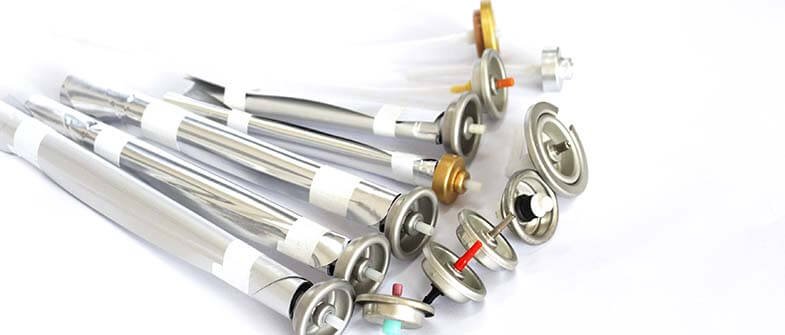The Difference Between Aerosol Pharmaceutics and Non-aerosol Pharmaceutics
29/04/2020Seasonal diseases happen more frequently as the weather turns colder. Accordingly, more people tend to buy pharmaceuticals of curing asthma.
It turns out that some people know little of the drug spray type, aerosol spray. Some even don’t know how to use the oral aerosol spray.

Both aerosol pharma and non-aerosol pharma are regular drug spray types, which can be applied through the respiratory tract, skin, and mucous membranes to the human body for anti-inflammatory, pain and swelling, ect..
However, there are some differences between aerosol pharma and non-aerosol pharma in terms of usage and targeted diseases.
Aerosols Work With the Aid of Propellant Gases

In the 1950s aerosols were used for skin diseases, wounds, burns and localized infections.
Aerosols work with the aid of propellant gas pressure to spray out the drug inside the canister. The drug is sprayed mostly in the form of fine mist, foam, or fine liquid flow so that the drug can be used for inhalation and direct spray on the skin or for disinfection.
Inhaled aerosols are commonly used to treat asthma, such as salbutamol and sodium cromoglycate, as well as Nanyang Ritong musk expectorant aerosol, which is used to revitalize blood stasis and reduce swelling and pain.
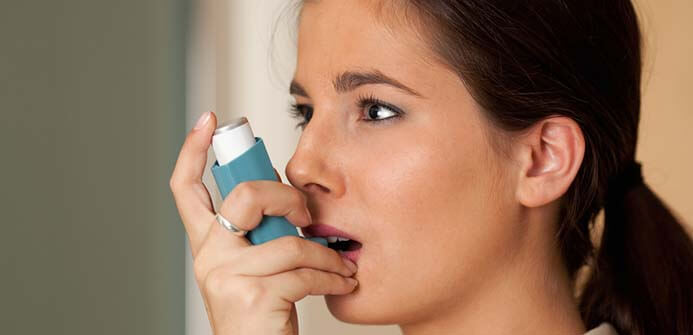
Non-aerosols Work With the Aid of Hand Pump Pressure
Non-aerosol means a preparation containing a pharmaceutical solution, emulsion or suspension filled in a specially designed device which, when used, releases the contents in the form of a mist under the pressure of a hand pump and is used for lung inhalation or direct spraying into the mucosa, skin and space of the luminal tract. The spray droplets are coarse and are generally used mainly for topical applications.
An example is nitroglycerin sublingual spray commonly used for angina, myocardial infarction, and acute heart acid.
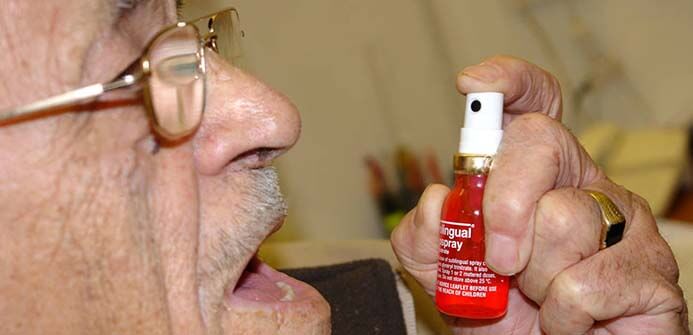
Five Advantages of Aerosol Pharmaceutics
Aerosol pharmaceuticals have certain advantages in terms of both routes of administration and accuracy of administration.
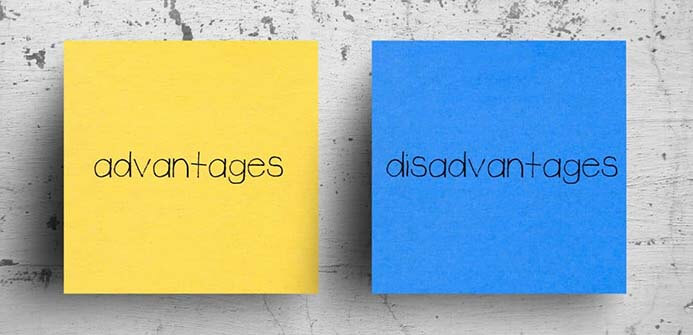
1. Aerosol pharmaceuticals have the ability to deliver drugs directly to the site of action and make the drug distribution evenly. The effect is fast.
2. Aerosols are packaged in sealed metal cans, which are less susceptible to contamination and more stable.
3. Because of the direct route of administration, gastrointestinal disruption and liver first-over-effects are avoided and bioavailability is increased.
4. It only requires to spray and breath for the usage. Very convenient, and no need to drink water, suitable for young and old.
5. The dose of each spray has been predetermined and the dose given is accurate. There is no issue of one more or one less.
However, aerosol pharmaceuticals also have limitations, such as propellants, which are somewhat toxic and need to be applied under the guidance of a pharmacist in cardiac patients, and their production cost is relatively high.
10 Steps to Inhalation Aerosol Pharmaceuticals Application
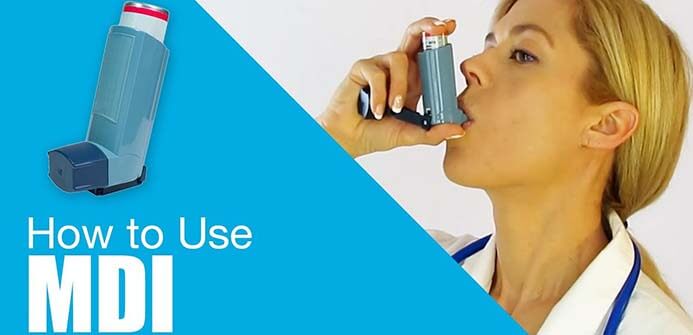
1. For asthma patients, try to cough up sputum before administering medication. When there is food in the mouth, swallow the food and keep your mouth clean.
2. Remove the protective cover or dust cover of the aerosol.
3. Place the aerosol bottle upside down between your thumb and forefinger, then rotate your wrist to shake the contents evenly.
4. Hold the aerosol according to the manufacturer’s recommendation. If the aerosol is inhaled, the lips should be pressed against the nozzle and the head tilted back slightly.
5. Then, exhale slowly to expel as much gas as possible from your lungs.
6. With tongue down, press down on the aerosol while slowly inhaling the drug deeply and fully.
7. Remove the aerosol bottle, hold your breath for 10~20 seconds, then exhale slowly through your nose.
8. If you need to spray again, repeat the above steps after an interval of 1 minute.
9. After the medication is finished, wash the mouth with warm water.
10. After spraying, scrub the nozzle of the aerosol promptly and cover it with a protective cover for the next use.
Of course, the filling machinery for aerosol pharmaceuticals like metered-dose inhaler for asthma and non-aerosol pharmaceuticals are different. We’ll talk about it in the following articles.
Recent Posts
-
2 Ways You Can Take to Avoid Aerosol Can Corrosion Leaks
 After many years of scientific research, it has been found that HFCs, which used to be used as aerosol propellants, have a certain destructive effect on the ozone layer, so the production of CFCs in Europe and the United States is restricted by law.
After many years of scientific research, it has been found that HFCs, which used to be used as aerosol propellants, have a certain destructive effect on the ozone layer, so the production of CFCs in Europe and the United States is restricted by law. -
23 Aerosol Propellant Losses Will Cost You Money and Ruin Your Plant
 Did you know that aerosol propellants can be lost in 23 places? It is not only the propellant gas and money that are lost, but also the possibility of destroying the plant. Since there is almost no way to monitor and measure the use of propellants, it is very easy to lose them
Did you know that aerosol propellants can be lost in 23 places? It is not only the propellant gas and money that are lost, but also the possibility of destroying the plant. Since there is almost no way to monitor and measure the use of propellants, it is very easy to lose them -
9 Key Factors to Consider will Make You Select the Right Aerosol Valves
 Aerosols have played an important role in people's daily lives since their invention, production and application in the 1920s. It has a wide range of applications, such as personal care, household care, pest control, medical solutions, industrial care and food, etc., bringing great convenience to human life.
Aerosols have played an important role in people's daily lives since their invention, production and application in the 1920s. It has a wide range of applications, such as personal care, household care, pest control, medical solutions, industrial care and food, etc., bringing great convenience to human life.
Maximize Your ROI
by Investing in Our Cost-Effective Aerosol Filling Machines.
Contact Us
Copyright© 2019 Dawsom Mechanical & Electrical Co., Ltd. All Rights Reserved.



